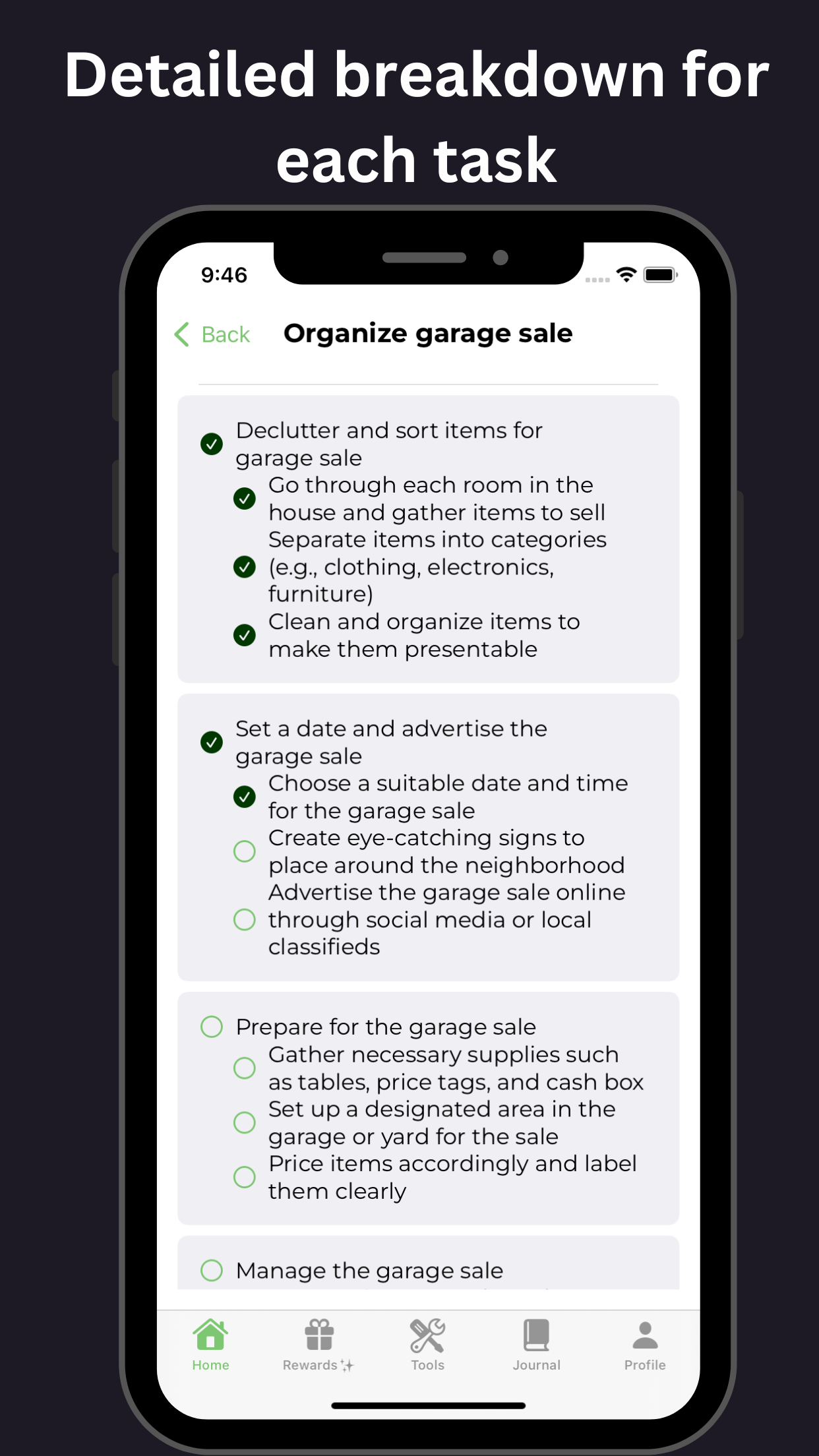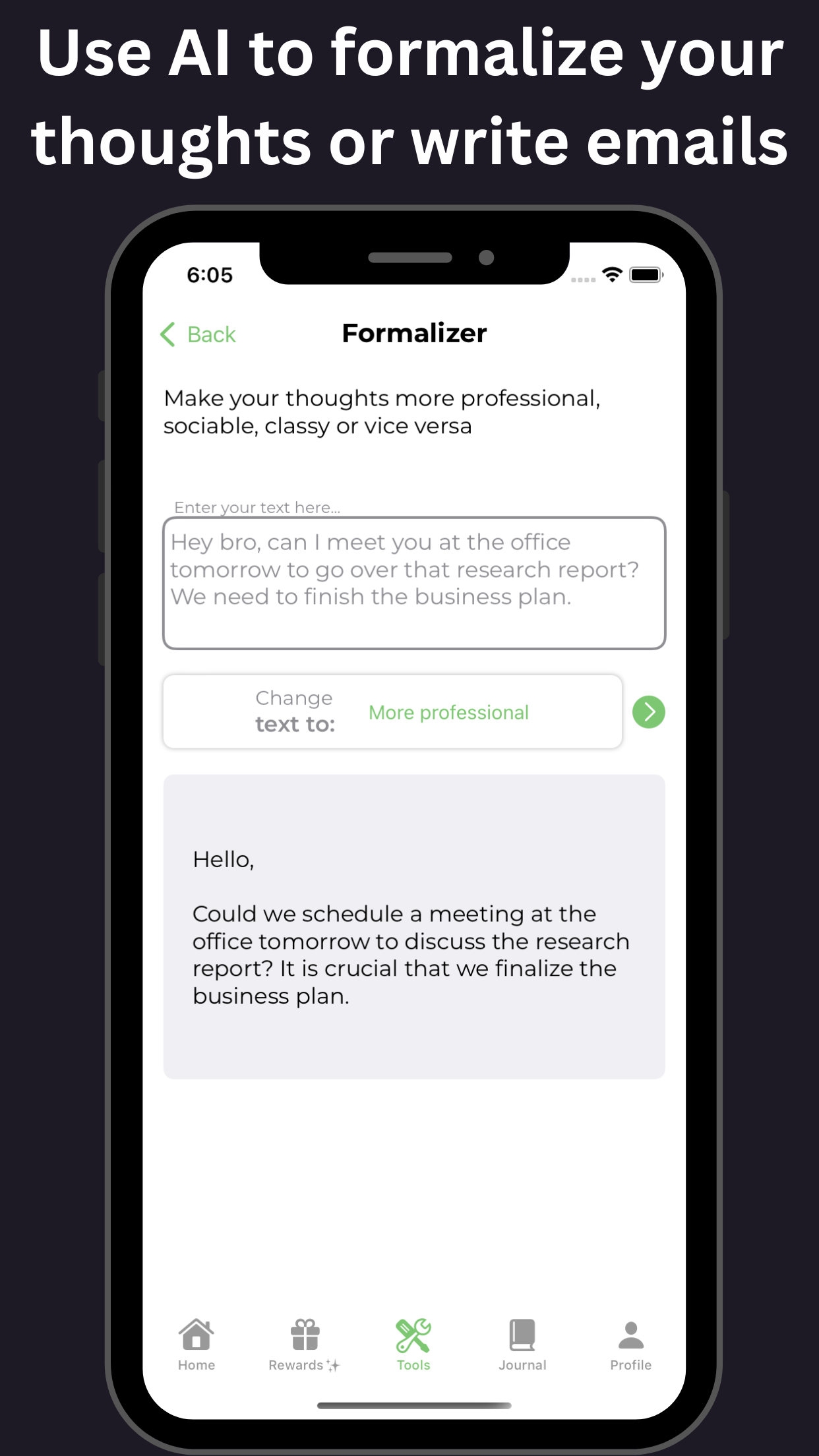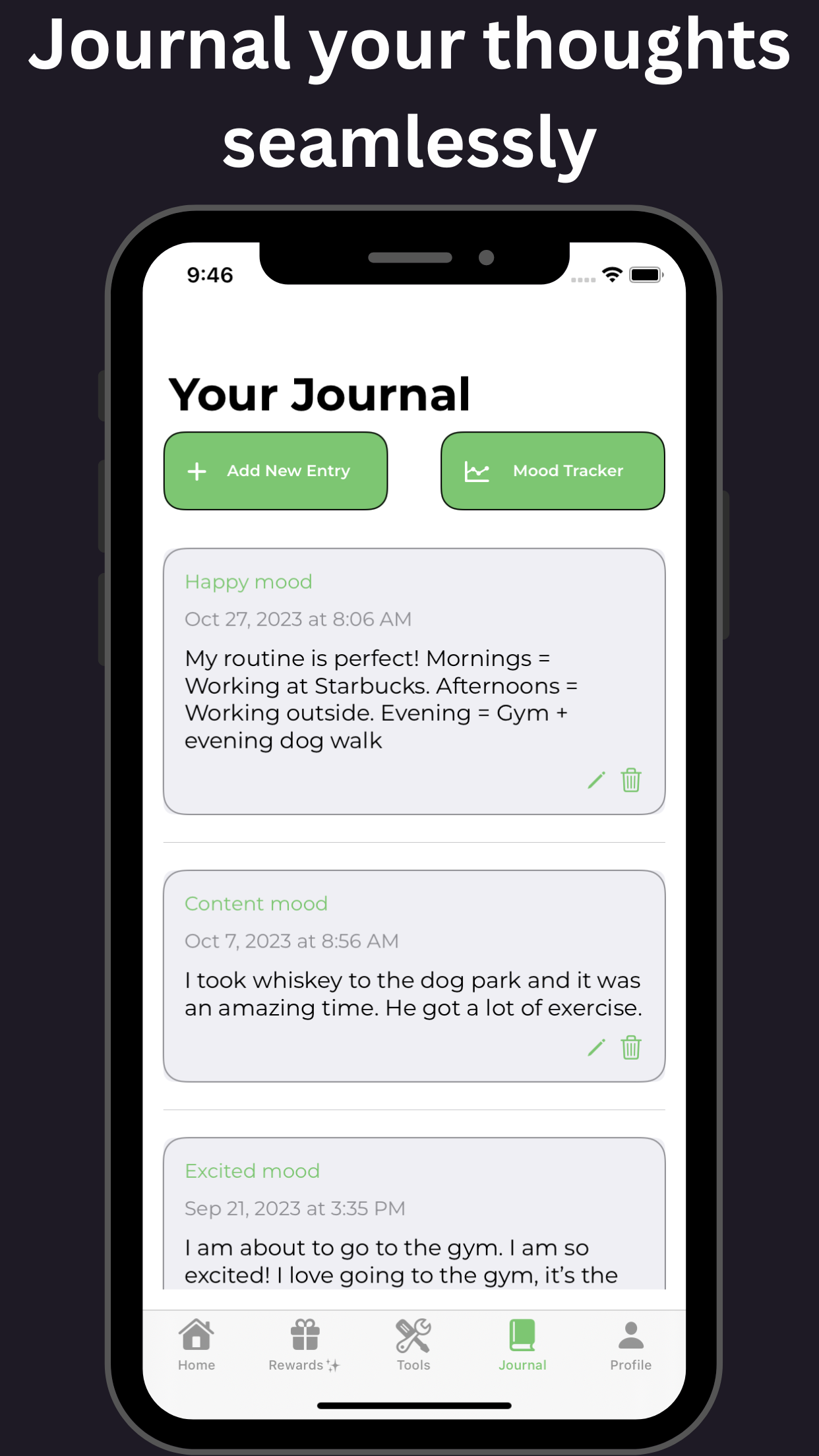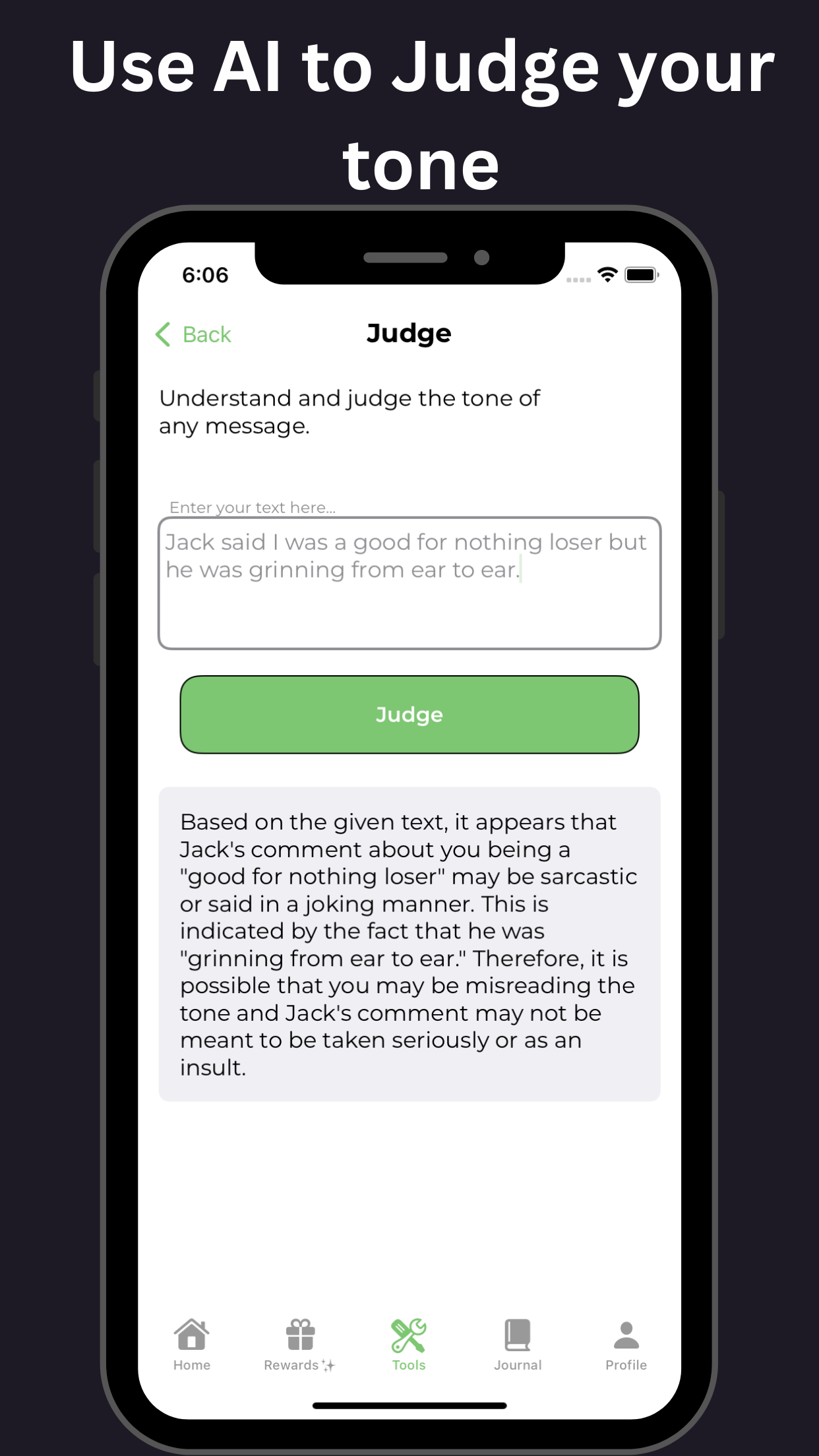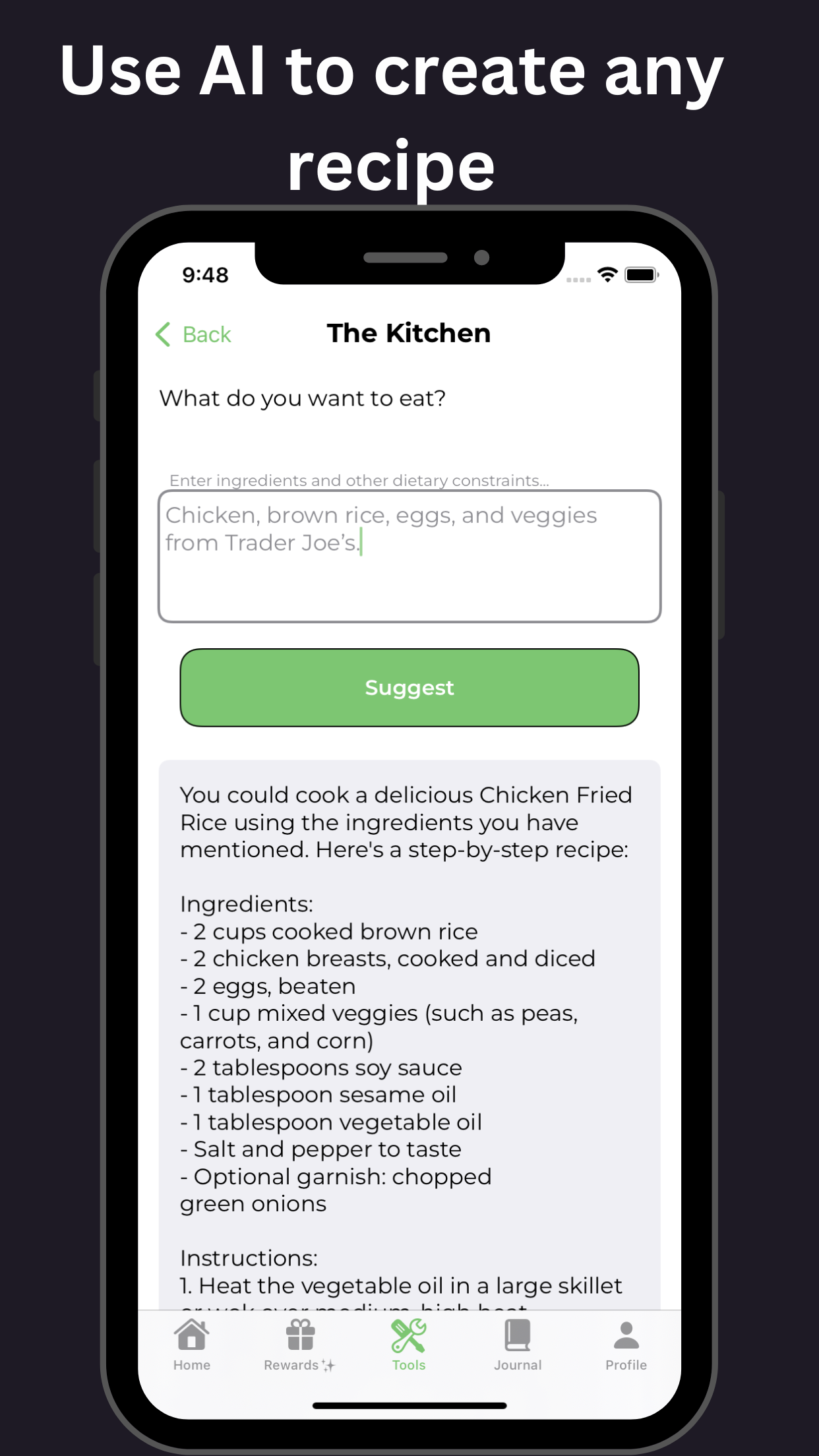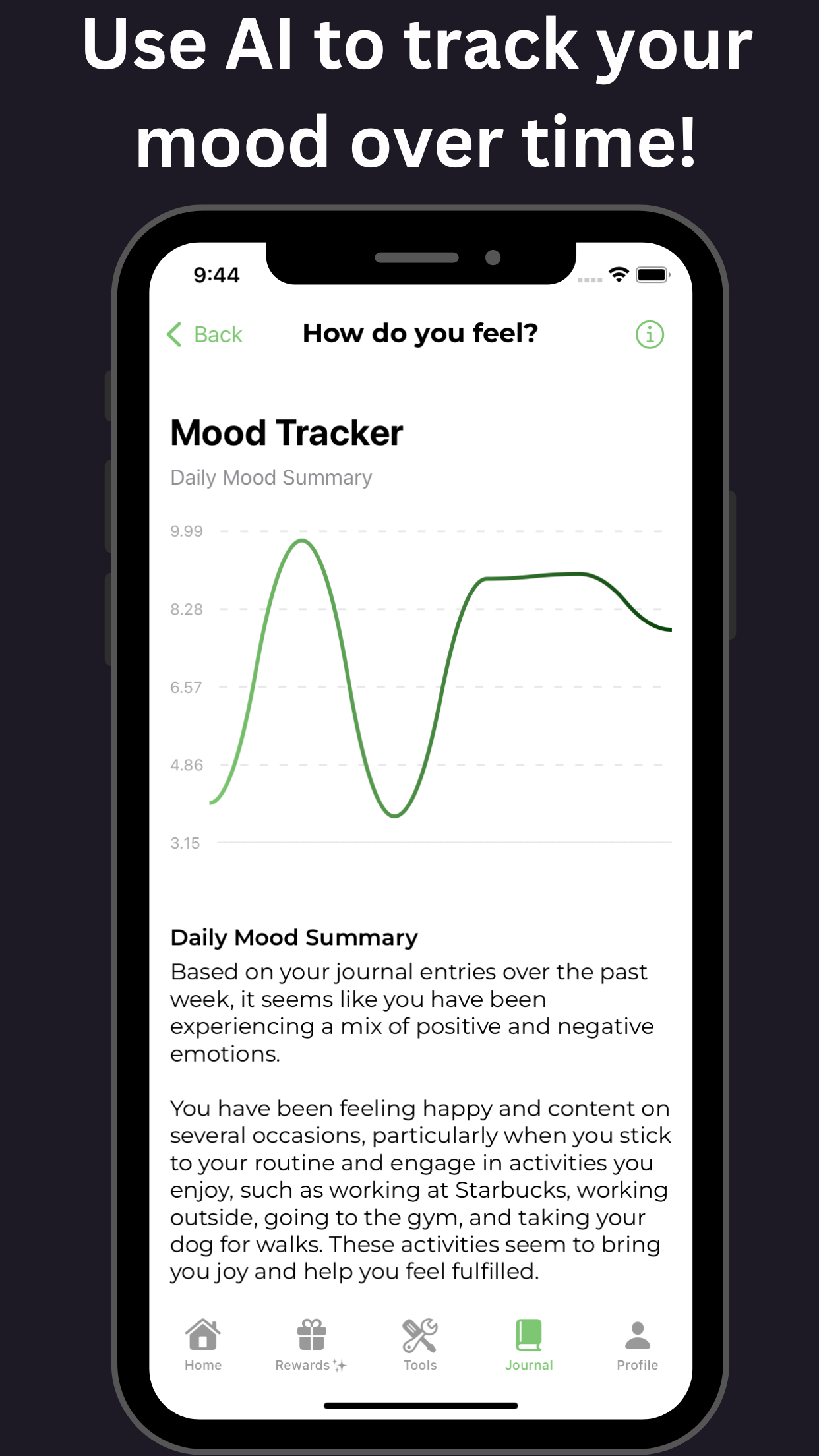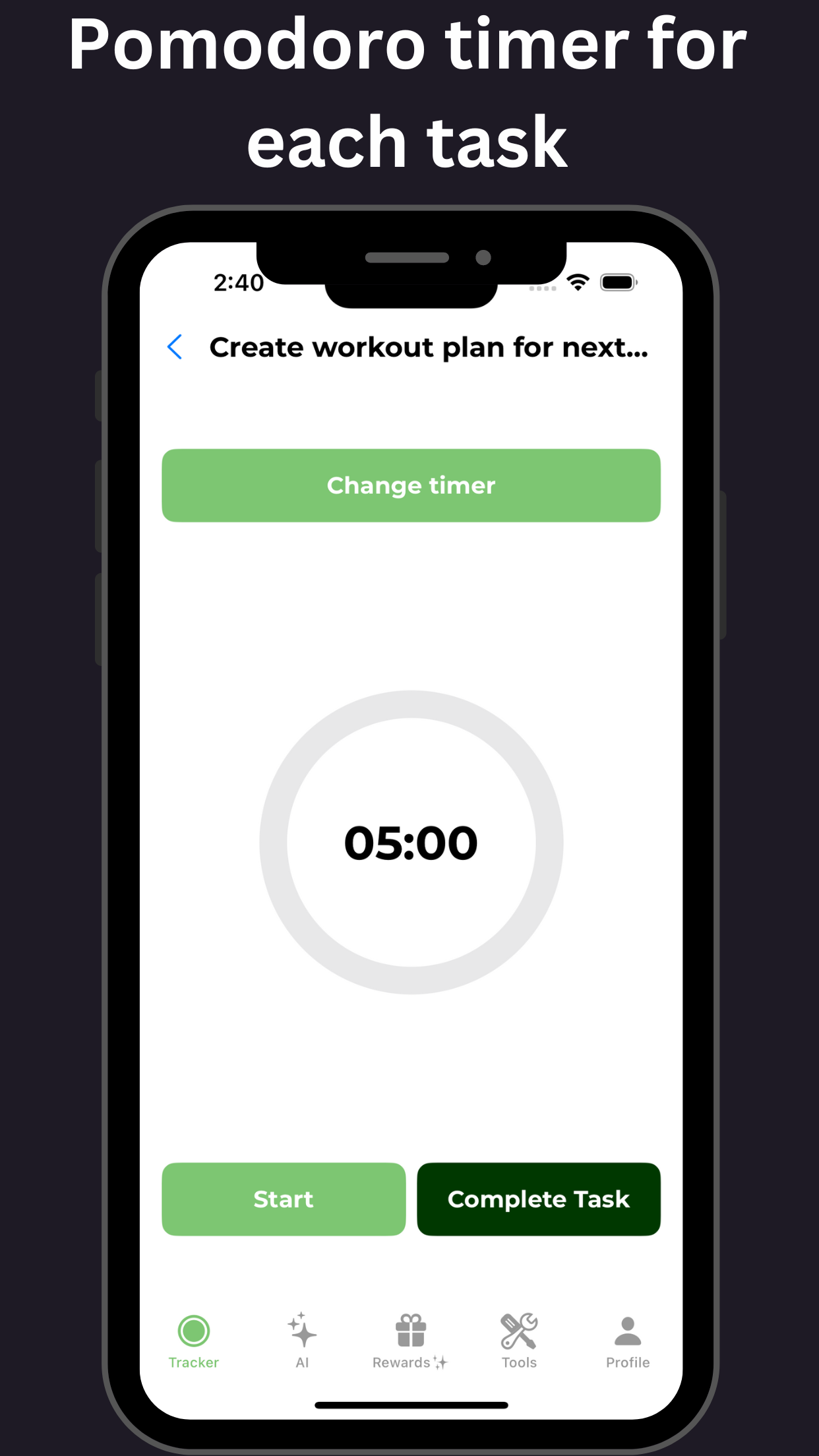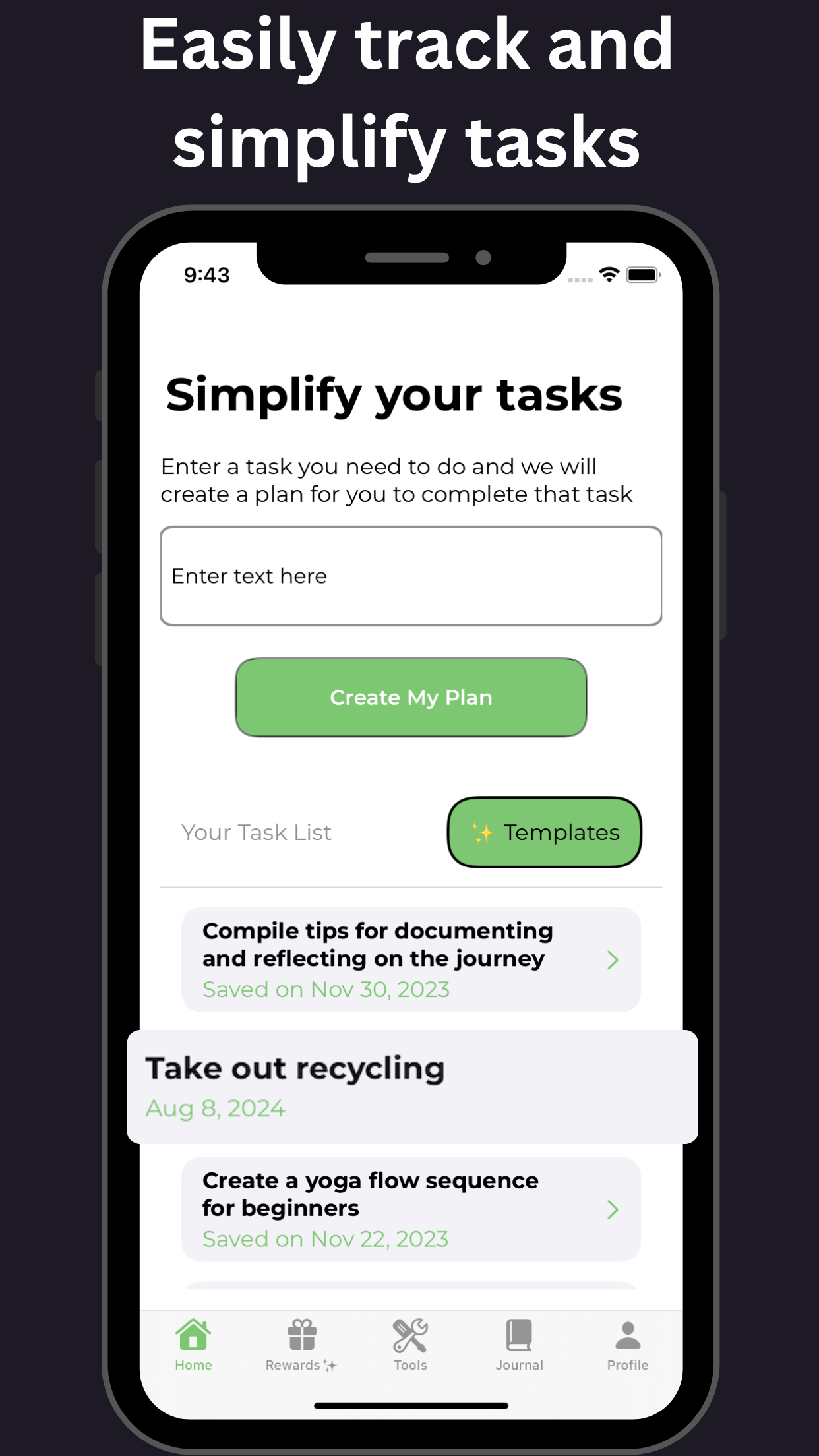Effective Communication Strategies for ADHD Employees in the Workplace: Enhancing Productivity and Success
Key Takeaways
| Key Takeaways |
|---|
| 1. Provide clear and concise instructions. |
| 2. Use visual aids to enhance understanding. |
| 3. Break down tasks into smaller, manageable steps. |
| 4. Minimize distractions in the work environment. |
| 5. Encourage active listening and repeat instructions if necessary. |
| 6. Utilize written communication methods, such as emails or memos. |
| 7. Provide frequent feedback and reinforcement. |
| 8. Allow flexible work arrangements when possible. |
| 9. Provide training and resources on time management and organizational skills. |
| 10. Foster a supportive and inclusive work culture. |
Introduction: Understanding ADHD in the Workplace
ADHD, or Attention-Deficit/Hyperactivity Disorder, is a neurodevelopmental disorder that affects both children and adults. It can have a unique impact on individuals in the workplace, making it important for employers and colleagues to understand and accommodate ADHD employees. Effective communication strategies play a crucial role in maintaining a positive and productive work environment for individuals with ADHD. This article will explore various strategies that can be employed to enhance communication and support ADHD employees in the workplace.

The Impact of ADHD on Communication Skills
ADHD, or attention deficit hyperactivity disorder, can have a significant impact on communication skills. Individuals with ADHD may struggle with attention, listening, and staying focused during conversations. This can lead to difficulties in understanding and interpreting verbal and non-verbal cues, maintaining organization, and effectively expressing thoughts and ideas. However, there are several effective communication strategies that can help ADHD employees excel in the workplace. These include active listening techniques, using visual aids or written instructions, breaking down complex tasks into smaller steps, providing clear and concise feedback, and creating structured and organized work environments. By implementing these strategies, employers can support their ADHD employees in overcoming communication challenges and fostering a productive and inclusive work environment.
Why Effective Communication is Crucial for ADHD Employees
Effective communication is crucial for ADHD employees in the workplace due to their unique needs and challenges. ADHD, or Attention-Deficit/Hyperactivity Disorder, affects an individual’s ability to concentrate, organize thoughts, and control impulsive behavior. To support these employees, it is essential to implement specific strategies in workplace communication. This includes using clear and concise language, providing written instructions, being patient and understanding, and utilizing visual aids or tools. By fostering a communication-friendly environment, employers can help ADHD employees thrive and contribute positively to the workplace.
Identifying Communication Challenges Faced by ADHD Employees
The blog article discusses the challenges that employees with ADHD face when it comes to communication in the workplace. It highlights the importance of identifying these challenges and offers effective communication strategies to help such employees thrive.
Communication Strategies: Active Listening and Engagement
Effective communication is crucial in any workplace, especially for employees with ADHD. One essential communication strategy is active listening, which involves fully focusing on what others are saying and providing feedback to ensure understanding. Engaging in active listening helps build rapport and trust, as it demonstrates genuine interest and respect for the speaker’s perspective. Additionally, engagement is another key strategy that involves actively participating in conversations, asking relevant questions, and expressing thoughts and ideas. By employing these communication strategies, ADHD employees can improve their communication skills, foster better relationships with colleagues, and contribute effectively in the workplace.
Increasing Clarity and Structure in Communication for ADHD Employees
Increasing clarity and structure in communication for ADHD employees is crucial to enhance their effectiveness in the workplace. Clear and structured communication strategies can help mitigate challenges related to attention deficits, impulsivity, and disorganization that are commonly experienced by individuals with ADHD.
One effective strategy is to keep communication concise and well-organized. Employers should provide clear instructions and break down tasks into smaller, manageable steps to help ADHD employees stay focused and on track. This can be achieved through written instructions, visual aids, or checklists.
Another important aspect is active listening. Employers should encourage open dialogues, actively engage in conversations with ADHD employees, and provide them with enough time to process information. This will not only ensure that they thoroughly understand what is being communicated but also reduce the chance of misunderstandings or mistakes.
Regularly providing feedback and reinforcement is also essential. Employers should offer specific and constructive feedback to ADHD employees, acknowledging their achievements and providing guidance for improvement. This can help them stay motivated and better understand expectations.
Additionally, establishing a structured routine can greatly benefit ADHD employees. Clearly outlining work schedules, deadlines, and priorities can help them maintain focus and reduce potential distractions. Employers can also consider implementing visual reminders, such as calendars or task boards, to enhance organization and time management skills.
In summary, effective communication strategies for ADHD employees in the workplace involve keeping communication clear, concise, and well-structured. Employers should be proactive in providing instructions, actively listen to employees, offer regular feedback, and establish a structured routine to support their success.
Harnessing Visual Aids and Technology for Effective Communication
Harnessing visual aids and technology is crucial for effective communication strategies for ADHD employees in the workplace. Visual aids can assist in conveying information in a clear and concise manner, helping individuals with ADHD stay focused and engaged. Technology, such as digital tools and apps, can also be beneficial in organizing tasks, managing time, and reducing distractions. By implementing these strategies, employers can create a more inclusive and supportive environment for ADHD employees, promoting effective communication and maximizing their productivity.
Cultivating a Supportive and Understanding Workplace Culture
Cultivating a supportive and understanding workplace culture is important for effective communication strategies for ADHD employees in the workplace. A supportive culture ensures that employees with ADHD feel valued and understood, leading to increased job satisfaction and productivity. Understanding their unique challenges and providing appropriate accommodations can help them thrive in their roles. Open and honest communication, along with clear expectations and feedback, can enhance collaboration and reduce misunderstandings. Employers can also promote education and awareness about ADHD in the workplace, fostering empathy and creating an inclusive environment.
Effective Communication in Team Meetings and Collaborative Projects
Effective communication in team meetings and collaborative projects is crucial for the success of any organization. It involves the exchange of information, ideas, and feedback among team members in a clear and concise manner.
In order to ensure effective communication, there are a few strategies that can be useful. Firstly, it is important to establish clear objectives and goals for the meeting or project. This helps in aligning everyone’s expectations and ensures that everyone is on the same page.
Active listening is another important aspect of effective communication. It involves giving full attention to the speaker, asking clarifying questions, and providing feedback. This helps in minimizing misunderstandings and enhances overall clarity.
Using visual aids and technology tools can also facilitate effective communication. Visual aids such as charts, graphs, and diagrams can help in presenting complex information in a simplified manner. Technology tools like video conferencing, project management software, and instant messaging platforms can enhance collaboration and communication among team members.
Additionally, fostering a positive and inclusive team environment is vital for effective communication. Encouraging open and respectful communication can create a safe space for team members to share their ideas, concerns, and suggestions without hesitation.
Lastly, effective communication also requires timely and regular updates. Regularly updating team members about project progress, milestones, and deadlines helps in keeping everyone informed and motivated.
In conclusion, effective communication in team meetings and collaborative projects plays a critical role in driving organizational success. By implementing strategies like clear objective setting, active listening, using visual aids and technology tools, fostering a positive team environment, and providing regular updates, teams can overcome communication barriers and achieve their goals more efficiently.
Overcoming Distractions and Maintaining Focus in Communication
Overcoming distractions and maintaining focus in communication are crucial skills for individuals with ADHD in the workplace. Effective communication strategies for ADHD employees can help them navigate the challenges posed by their condition and communicate more efficiently. By utilizing techniques such as active listening, being fully present in conversations, minimizing external stimuli, and practicing mindfulness, ADHD employees can improve their communication skills and enhance their overall productivity in the workplace. These strategies enable them to overcome distractions and maintain focus, leading to successful interactions with colleagues, customers, and clients.
Providing Constructive Feedback and Recognition for ADHD Employees
Providing constructive feedback and recognition is essential for supporting and empowering ADHD employees in the workplace. Constructive feedback should be specific, clear, and focused on actionable steps for improvement. It should highlight strengths, acknowledge efforts, and offer suggestions for growth. Recognition, on the other hand, involves expressing appreciation for an employee’s contributions and achievements. It boosts morale and encourages continued success. By incorporating these strategies into workplace communication, employers can create a positive, inclusive environment conducive to the success of ADHD employees.
https://www.additudemag.com/adhd-workplace-communication-strategies/https://chadd.org/for-professionals/communication-adhd-workplace/https://www.ncadd.org/blogs/professional-resources-and-publications-across-the-nation/communicating-effectively-with-adults-with-adhd-a-guide-for-addiction-professionalshttps://www.psychologytoday.com/us/blog/adhd-millennial/201507/adult-adhd-and-communicationhttps://www.add.org/surviving-adult-adhd-workplace/https://www.understood.org/en/learning-thinking-differences/child-learning-disabilities/add-adhd/adhd-in-the-workplacehttps://www.todaysgeriatricmedicine.com/news/exc_042810_01.shtmlhttps://www.addvance.com/help/work_workplace_how.htmlhttps://liveworkplay365.com/communication-strategies-for-writing-and-speaking-with-adhd/https://www.aappublications.org/news/2017/08/08/PediatricEssay080817